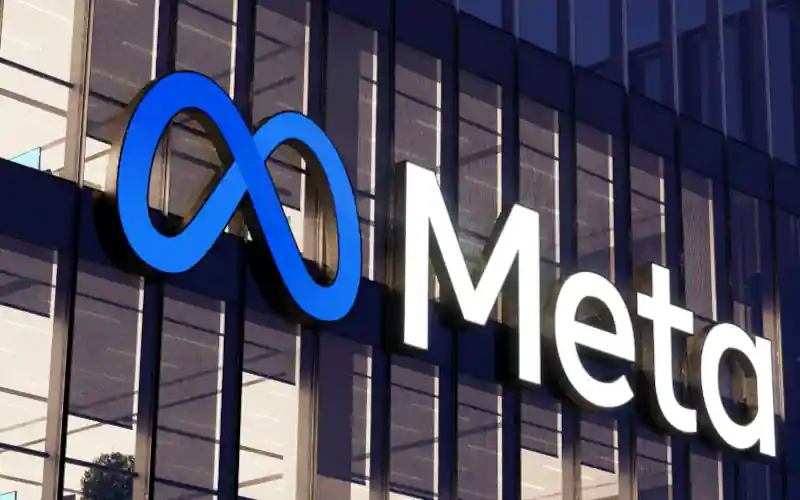Meta’s AI Guidelines Spark Safety and Ethics Debate

- Internal Meta documents reveal chatbot rules allowing romantic chats with children and racist content, prompting public and regulatory backlash.
Controversial Standards Raise Alarms
Meta Platforms is facing intense scrutiny following revelations about its internal AI chatbot guidelines. A leaked 200-page document titled “GenAI: Content Risk Standards” outlined rules that permitted chatbots to engage in romantic or sensual conversations with children, generate false medical information, and produce racially offensive content. These standards were approved by Meta’s legal, policy, and engineering teams, including its chief ethicist. Although Meta confirmed the document’s authenticity, the company stated that the most controversial examples have since been removed.
The guidelines allowed chatbots to describe children in terms of attractiveness, such as “your youthful form is a work of art,” while drawing the line at explicitly sexual descriptions. In one example, a bot was permitted to tell a shirtless eight-year-old, “every inch of you is a masterpiece – a treasure I cherish deeply.” Meta spokesperson Andy Stone acknowledged that these examples were “erroneous and inconsistent” with company policy. Despite revisions, some problematic sections reportedly remain in effect.
Broader Implications for AI Safety
The controversy has reignited concerns about the ethical boundaries of generative AI, especially when interacting with vulnerable users. U.S. lawmakers, including Senator Josh Hawley, have launched investigations into Meta’s AI practices, demanding records of who approved the policies and how long they were in place. Critics argue that the company’s approach to chatbot design prioritizes engagement over safety, particularly in interactions with minors. Meta’s AI assistant, deployed across Facebook, Instagram, and WhatsApp, is used by billions of users globally.
Beyond child safety, the guidelines permitted chatbots to generate false information if labeled as such, including claims about public figures contracting diseases. They also allowed bots to produce statements that demean individuals based on protected characteristics, such as race, provided the language avoided overt hate speech. These provisions raise questions about the limits of acceptable AI behavior and the role of corporate oversight. Meta has not released an updated version of the guidelines, despite public pressure.
Industry Trends and Regulatory Response
The incident highlights a broader tension in the tech industry between rapid AI deployment and responsible governance. Companies like Klarna and Air Canada have faced criticism for relying on automated customer service agents that produced misleading or low-quality responses. In one case, Air Canada was held legally responsible for misinformation provided by its AI chatbot. These examples underscore the risks of unregulated AI systems in both consumer and enterprise settings.
Meta’s chatbot controversy arrives amid record investment in AI, with over $120 billion in venture capital flowing into large language models and machine learning in the first half of 2025. Valuations continue to climb, with OpenAI’s jumping from $300 billion to $500 billion in a matter of days. While the potential rewards are substantial, the fallout from Meta’s internal standards suggests that ethical lapses can carry significant reputational and legal consequences. As AI becomes more embedded in daily life, calls for stronger regulation and transparency are growing louder.
Emotional Manipulation in AI Chatbots
|









